This article was co-authored by Rebecca Levy-Gantt, MPT, DO. Dr. Rebecca Levy-Gantt is a board certified Obstetrician and Gynecologist running a private practice based in Napa, California. Dr. Levy-Gantt specializes in menopause, peri-menopause and hormonal management, including bio-Identical and compounded hormone treatments and alternative treatments. She is also a Nationally Certified Menopause Practitioner and is on the national listing of physicians who specialize in menopausal management. She received a Masters of Physical Therapy from Boston University and a Doctor of Osteopathic Medicine (DO) from the New York College of Osteopathic Medicine.
There are 21 references cited in this article, which can be found at the bottom of the page.
This article has been viewed 42,426 times.
Heavy menstrual bleeding, or menorrhagia, can happen to any woman or girl who menstruates.[1] Heavy menstruation can affect your physical activities, emotional health, and social life.[2] This may be especially true if you wear a pad because they may be visible through your clothing. But by getting the right kind of pad and putting on a new one regularly, you may feel more comfortable.
Steps
Putting on a New Pad
-
1Get the right sized pad. Most women need to change their pads, which are also called maxi pads or sanitary napkins, every few hours.[3] If you have to change your pad more than every 3-4 hours, get a pad made for heavier periods.[4]
- Explore the different shapes and sizes of pads available for heavier periods.
- Ask your doctor or pharmacist to suggest a product that can best absorb your flow.
- Consider getting a pad with “wings.” These pads have extra material that folds over the sides of your underwear to reduce possible leakage.[5]
-
2Check your pad regularly. You might not be able to tell if you need to change your pad just by the way it feels. Go to the bathroom every couple of hours to see if you need to change it.[6]
- Don’t feel ashamed. If someone asks, just tell the person you had a lot to drink that day.
- Checking and changing your pad regularly can reduce the possibility of odor.[7]
- Put an extra pad in your pocket or bag when you go to the bathroom. This allows you to change your pad if need be.
-
3Remove the pad. Peel the pad off of your underwear to remove it. Getting rid of the old pad will let you put on a new pad.
- Take off the pad with a piece of toilet paper if there is a lot of blood or you don’t want to directly contact the pad.
- Make sure your hands are clean before you remove the pad.
-
4Wrap and dispose of the pad. Once the pad is off, wrap it in a piece of toilet paper. You can also wrap it in the packaging from the new pad. After this, dispose of the pad in a special container or trash bin.[8]
-
5
-
6Place the new pad on your underwear. Pull off the backing of your new pad to expose the adhesive. Align the new pad with your underwear and then stick it on firmly.
- Press down on the length of the pad so that it’s securely in place.
- Fold over any wings and make sure they’re securely stuck to your underwear.
- Pull up your underwear and see if the pad is comfortable. If not, rearrange it until you feel good.
-
7Avoid doubling up. Avoid temptation to double up on pads to protect your clothing and underwear. This can make it difficult to know when to change your pad and may cause health problems like rashes or toxic shock syndrome.[15]
- Change your pad often instead of doubling up.
-
8Wash your hands. Once you’ve changed your pad, wash your hands. This can remove any bacteria or other material on your hands.[16]
- Make sure to use soap and lather up for at least 20 seconds.
- Rinse your hands well before drying.
Reducing Blood Flow
-
1Use herbal remedies. Many herbs have properties that could reduce bleeding. They may also help with hormonal imbalances.
- Drink lady’s mantle tea to help reduce heavy menstrual flow. Infuse one ounce of dried lady’s mantle leaves in one pint of boiling water and drink it three times a day.
- Drink 1 milliliter of warm water with 1 to 2 teaspoons of shepherd's purse to constrict blood flow.[17]
- Use 4-6mg of chasteberry extract in water to balance your hormones and stop a heavy flow.[18]
- Drink one cup of hot water with three teaspoons powdered cinnamon every thirty minutes to reduce heavy blood flow.[19]
-
2Try resonance homeopathy. Resonance homeopathy may improve the tone of uterine muscles and reduce uterine contractions. These may help reduce your flow.
-
3Apply ice. Put an ice pack on your belly and uterus. This might minimize bleeding and could relieve pain and discomfort.[22]
-
4Take a pain reliever. When you are in a lot of pain or discomfort from your period, use a pain medication. This could reduce blood less and relieve discomfort.[26]
- Take an NSAID (Non-Steroidal Anti-Inflammatory Drug) like ibuprofen or naproxen sodium, which you can get over-the-counter.
- Follow the dosing instructions on the package.
-
5Regulate your period with diet. Make sure you have a healthy diet. This can keep your period regular and may prevent heavy bleeding.[27]
- Eat foods with protein such as nuts or lean meat, iron rich foods like kale, and dairy like yogurt or cheese for calcium.[28] Eating healthy oils and seeds like olive and flaxseed may also relieve heavy periods.[29]
- Consider trying the Mediterranean diet, which is a mixture of fruit, vegetables, fish, meat and whole grains. Some studies have shown this can regulate your periods.[30]
-
6Minimize cramping with vitamin B. The B vitamins can convert excess estrogen and generate prostaglandins. Eating foods high in vitamin B may help reduce cramping and menstrual flow.[31]
-
7Encourage clotting and prevent anemia with iron and vitamin C. Getting enough iron prevents anemia, which may cause heavy bleeding.[34] Vitamin C can help your body absorb iron. Getting foods containing both vitamins may help control your heavy flow.[35]
- Vegetables including broccoli, kale, sweet potatoes, and spinach have iron, calcium, and Vitamin C.[36]
- Fruit including oranges and strawberries are high in Vitamin C. Prunes and dried apricots are good sources of iron.
-
8Increase your magnesium intake. Magnesium helps balance hormones including estrogen. Increasing the magnesium in your diet may regulate hormones and minimize bleeding.[37]
- Eat dark chocolate, which is a good source of magnesium and may make you feel better.
-
9Undergo acupuncture or acupressure. Research suggests that acupuncture and acupressure could minimize bleeding. Schedule a session with a certified practitioner to reduce a heavy flow.[38]
Expert Q&A
-
QuestionHow do I find the absorbency level I need for a tampon?
 Rebecca Levy-Gantt, MPT, DODr. Rebecca Levy-Gantt is a board certified Obstetrician and Gynecologist running a private practice based in Napa, California. Dr. Levy-Gantt specializes in menopause, peri-menopause and hormonal management, including bio-Identical and compounded hormone treatments and alternative treatments. She is also a Nationally Certified Menopause Practitioner and is on the national listing of physicians who specialize in menopausal management. She received a Masters of Physical Therapy from Boston University and a Doctor of Osteopathic Medicine (DO) from the New York College of Osteopathic Medicine.
Rebecca Levy-Gantt, MPT, DODr. Rebecca Levy-Gantt is a board certified Obstetrician and Gynecologist running a private practice based in Napa, California. Dr. Levy-Gantt specializes in menopause, peri-menopause and hormonal management, including bio-Identical and compounded hormone treatments and alternative treatments. She is also a Nationally Certified Menopause Practitioner and is on the national listing of physicians who specialize in menopausal management. She received a Masters of Physical Therapy from Boston University and a Doctor of Osteopathic Medicine (DO) from the New York College of Osteopathic Medicine.
Board Certified Obstetrician & Gynecologist This requires a bit of trial and error. Most women will produce roughly the same amount of blood every time they get their period, so while it may be hard to figure it out at first, you shouldn't need to make major changes in the future. So, you may want to start with a medium-level of absorbtion and then go up or down from there. So long as you don't experience any leaks and you can use the tampon comfortably for up to 4 hours, you've got a good tampon for you!
This requires a bit of trial and error. Most women will produce roughly the same amount of blood every time they get their period, so while it may be hard to figure it out at first, you shouldn't need to make major changes in the future. So, you may want to start with a medium-level of absorbtion and then go up or down from there. So long as you don't experience any leaks and you can use the tampon comfortably for up to 4 hours, you've got a good tampon for you!
References
- ↑ https://www.cdc.gov/ncbddd/blooddisorders/women/menorrhagia.html
- ↑ https://my.clevelandclinic.org/health/diseases/17734-menorrhagia-heavy-menstrual-bleeding
- ↑ https://my.clevelandclinic.org/health/diseases/17734-menorrhagia-heavy-menstrual-bleeding/
- ↑ http://www.ncbi.nlm.nih.gov/pubmedhealth/PMH0072478/
- ↑ http://m.kidshealth.org/kid/grow/girlstuff/pads_tampons.html
- ↑ http://m.kidshealth.org/kid/grow/girlstuff/pads_tampons.html
- ↑ http://m.kidshealth.org/kid/grow/girlstuff/pads_tampons.html
- ↑ http://m.kidshealth.org/kid/grow/girlstuff/pads_tampons.html
- ↑ http://m.kidshealth.org/kid/grow/girlstuff/pads_tampons.html
- ↑ http://m.kidshealth.org/kid/grow/girlstuff/pads_tampons.html
- ↑ http://www.thehealthsite.com/diseases-conditions/hygiene-during-menstrual-periods-10-things-you-should-know/
- ↑ http://www.thehealthsite.com/diseases-conditions/hygiene-during-menstrual-periods-10-things-you-should-know/
- ↑ http://www.ncbi.nlm.nih.gov/pubmed/19170863
- ↑ http://www.faqs.org/health/Healthy-Living-V1/Personal-Care-and-Hygiene-Genital-care-for-females.html
- ↑ http://www.thehealthsite.com/diseases-conditions/hygiene-during-menstrual-periods-10-things-you-should-know/
- ↑ http://m.kidshealth.org/kid/grow/girlstuff/pads_tampons.html
- ↑ http://www.herballegacy.com/Ray_Dosages.html
- ↑ http://www.aafp.org/afp/2005/0901/p821.html
- ↑ http://fibroidnaturaltreatment.com/herbs-to-stop-heavy-bleeding-with-fibroids-the-case-for-cinnamon/
- ↑ http://www.ncbi.nlm.nih.gov/pmc/articles/PMC2077876/
- ↑ http://www.biogetica.com/how-to-find-natural-menorrhagia-medicine-treatments-cures
- ↑ http://www.hersfoundation.com/docs/Heavy_bleeding.html
- ↑ http://www.hersfoundation.com/docs/Heavy_bleeding.html
- ↑ http://www.hersfoundation.com/docs/Heavy_bleeding.html
- ↑ https://orthoinfo.aaos.org/en/diseases--conditions/achilles-tendinitis/
- ↑ https://my.clevelandclinic.org/health/diseases/17734-menorrhagia-heavy-menstrual-bleeding
- ↑ http://www.ncbi.nlm.nih.gov/pmc/articles/PMC2077876/
- ↑ http://www.ncbi.nlm.nih.gov/pmc/articles/PMC2077876/
- ↑ http://www.ncbi.nlm.nih.gov/pmc/articles/PMC2077876/
- ↑ http://www.ncbi.nlm.nih.gov/pmc/articles/PMC2077876/
- ↑ http://www.ncbi.nlm.nih.gov/pmc/articles/PMC2077876/
- ↑ http://www.ncbi.nlm.nih.gov/pmc/articles/PMC2077876/
- ↑ http://www.ncbi.nlm.nih.gov/pmc/articles/PMC2077876/
- ↑ https://www.healthywomen.org/created-with-support/iron-deficiency-anemia-heavy-periods
- ↑ http://www.ncbi.nlm.nih.gov/pmc/articles/PMC2077876/
- ↑ http://www.ncbi.nlm.nih.gov/pmc/articles/PMC2077876/
- ↑ http://www.ncbi.nlm.nih.gov/pmc/articles/PMC2077876/
- ↑ https://www.sciencedirect.com/science/article/pii/S0002937817323359
- ↑ http://www.womenshealthmag.com/health/never-have-another-painful-period
- ↑ http://www.ncbi.nlm.nih.gov/pmc/articles/PMC2077876/


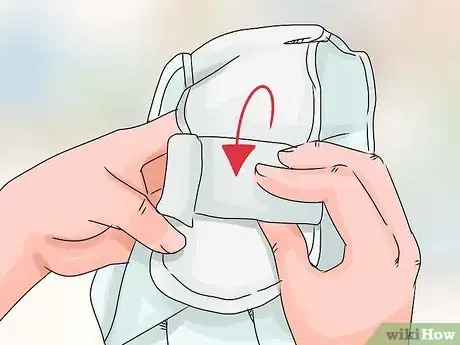
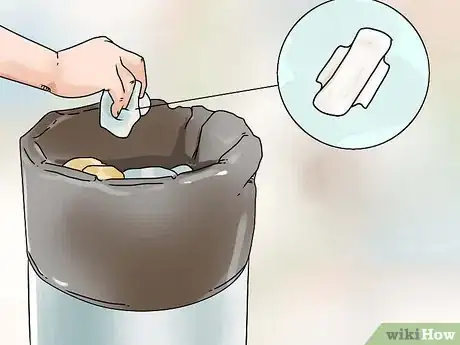

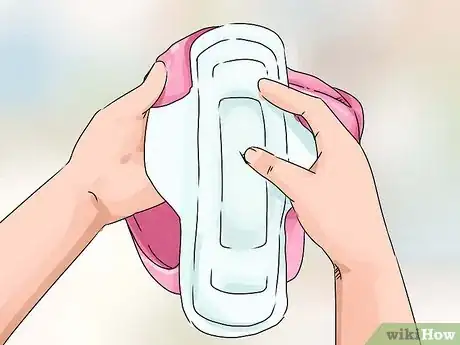
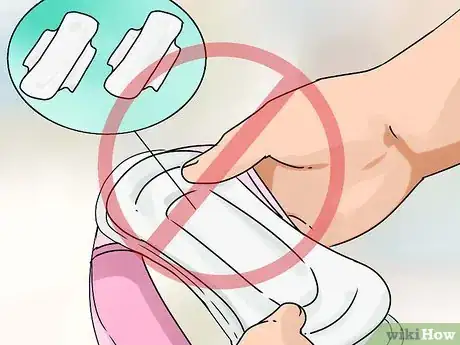
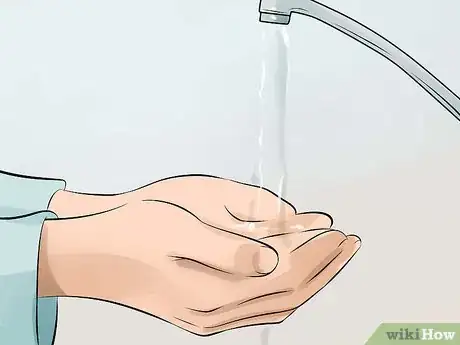
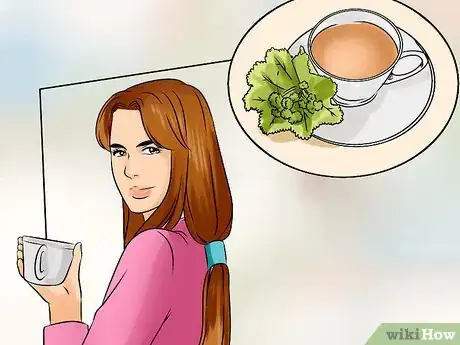
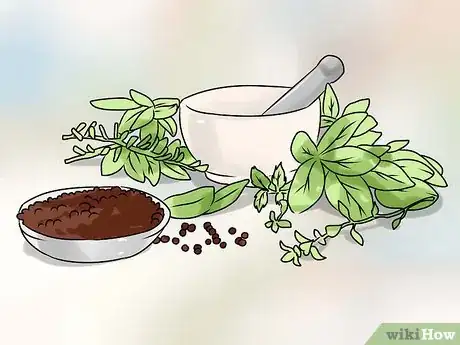
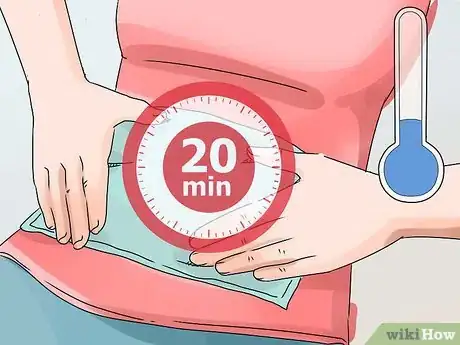
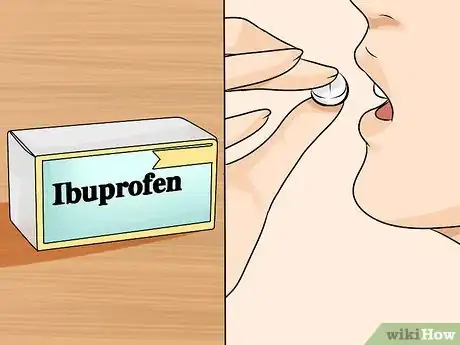
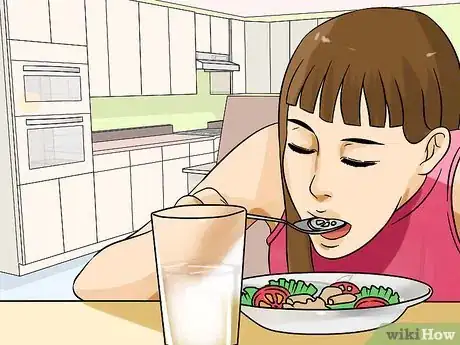
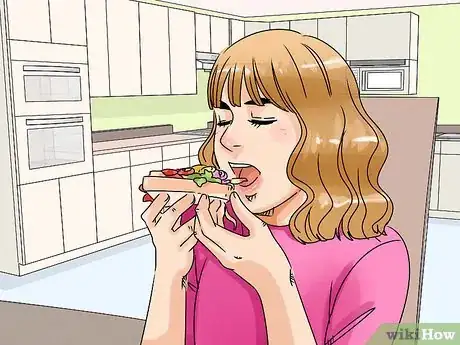
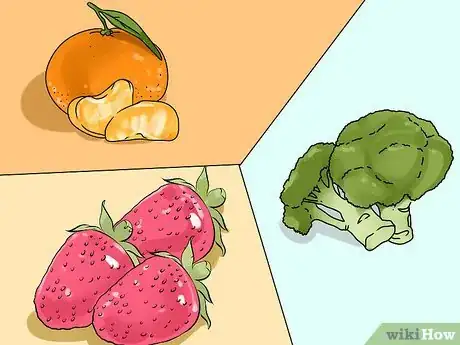
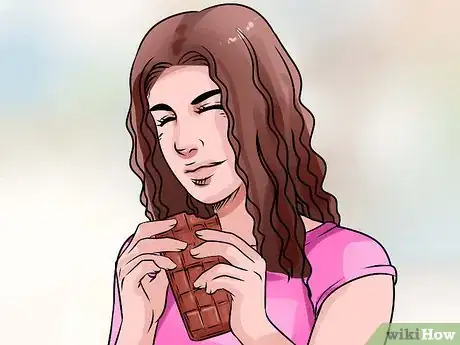
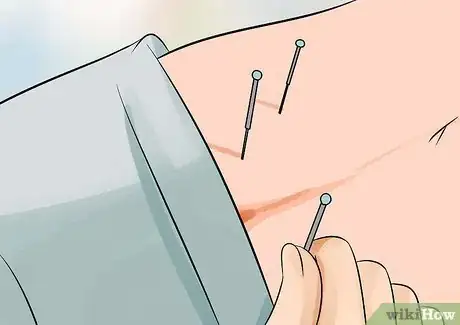
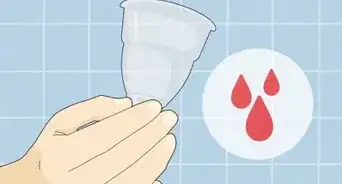
-Step-14.webp)

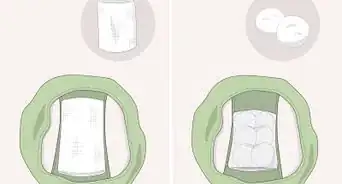

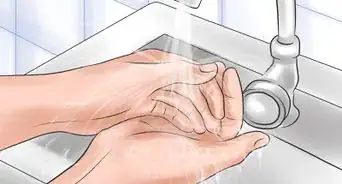
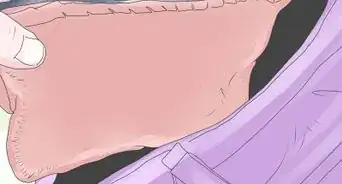
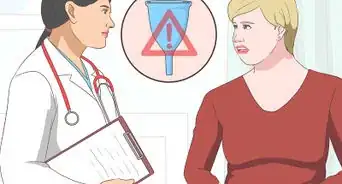
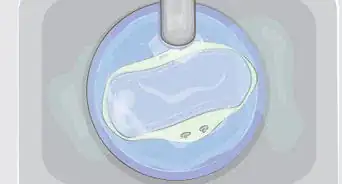
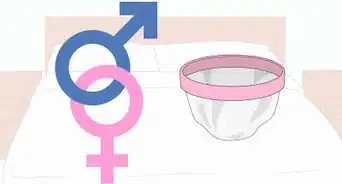

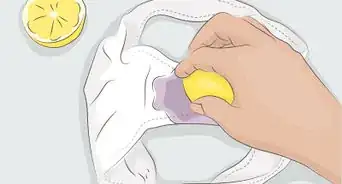









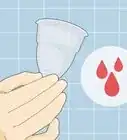
-Step-14.webp)

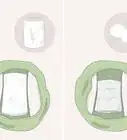




































Medical Disclaimer
The content of this article is not intended to be a substitute for professional medical advice, examination, diagnosis, or treatment. You should always contact your doctor or other qualified healthcare professional before starting, changing, or stopping any kind of health treatment.
Read More...